We sincerely hope that you greatly enjoy this article about 4 Refreshingly Remarkable Rivers. Each body of water in the world’s different form the rest in some way, of course. The four features listed here, however, take that principle to far greater heights than most of them.
Each of them will, we believe, grab your attention and amaze you with their distinctiveness. These 4 Remarkable Rivers nevertheless represent the barest fraction of a percent of the rivers on earth. We encourage you to learn of even more of them within our pages.
Rio Tinto
Rio Tinto Facts
- Leading off this article about 4 Refreshingly Remarkable Rivers comes the dazzling site named by those in its region as the Rio Tinto River.
- The distinctive term for this wonder of Nature serves as the Spanish name for an incredibly unique river that must be seen to be believed. Not surprisingly, though, the body of water only maintains its distinctiveness over part of its length.
- While not many people outside of its immediate area know of it, the river has a rich and storied history. It has also long served various important economic purposes in its part of the world. One of these also explains its eye-catching coloring.
- The entire region around this marvel of Nature boasts an extensive history of ore-mining. In point of fact, records of this process taking place along its length extend back roughly 5,000 years. Multiple civilizations also used it for this purpose, in fact.
- Among the most notable of these remains the ancient civilizations of the Greeks and Romans. Other also used it, though. A few of these included the societies of the Phoenicians, Moors, and the Visigoths, just to name the most prominent.
- In ancient times, the mining processes around the stunning Rio Tinto primarily focused on gold, silver, and copper. In more modern times, however, this expanded to include other ores. Chief among these comes manganese and iron.
Rio Tinto Physical Description
The remarkable Rio Tinto also has a respectable length, measuring roughly 62 mi (100 km). Only part of the body of water, however, displays the unique appearance for which it’s know known. This portion of the marvel of Nature extends for about 31 mi (50 km).
Extending over a length equaling roughly half the total of the river, an incredible phenomenon exists. This portion of it manifests the incredible array of colors you see here. These include such hues as red, orange, and shades of brown, though the red predominates.
The water of this section of Rio Tinto itself has an extremely acidic nature. It’s also high in levels of certain metals, most specifically iron. Near the end of the multi-colored section, this aspect of the body of water also slowly begins to thin out, to eventually disappear.
Rio Tinto Location, Formation, and Ecology
The stunning wonder of Nature the man calls Rio Tinto further formed in a section of the world well known for its natural beauty. In point of fact, this geological gem formed in a small portion of the southwestern section of what’s now the continent of Europe.
More specifically, though, its precise region now constitutes the country of Spain. In this beautiful location, the waters of the river originate high in the Sierra Morena Mountains, in the Andalusia region. From there, though, the river flows primarily south-southwesterly.
At precisely what point in the past the river itself formed presently remains undetermined. The origin of the enormous deposits of the various ores in the region, however, has been determined. These deposited via hydrothermal activity between 300 – 350 million years ago.
Given the incredible extremes inherent to the nature of the water of Rio Tinto, one might not expect to find life within it. That would be an incorrect belief, though. Although life remains scant and quite unique within its waters, small amount of its does appear.
This primarily consists of various types of microorganisms, largely consisting of different forms of algae. Relatively large quantities of anaerobic bacteria reside within the sediments it contains, possibly contributing to the condition of the waters.
Onyx River
Onyx River Facts
- Next up among our choices for inclusion in this compilation of 4 Refreshingly Remarkable Rivers comes the befuddling one named the Onyx River.
- Most notably, despite its common name, this fabulous flow of water, though amazing, does not qualify as a true river. In point of fact, the quite remarkable manifestation of geology actually represents a feature technically known as a meltwater stream.
- Unfortunately for those who might wish to view it, this site’s located in a remote portion of the world. As a result of that remoteness, few humans ever have the chance to see it. That’s a shame, because it’s special for a very particular reason.
- That statement holds true due to one startling fact. No true rivers exist anywhere on the entire continent. Its geological uniqueness, though, along with that of other meltwater streams in Antarctica, makes these rare occurrences qualify as rivers.
- The small but lovely Onyx River remains by far the largest of the nine semi-permanent meltwater streams present on the remote continent, however. The fabulous and intriguing site also serves as the most ecologically important of the nine.
- Unfortunately, all of them appear only during the few short months of the local summer season, making for short-lived viewing opportunities. Although the incredible body of water remains considered a river, albeit a small one, no fish live in its waters.
- Regardless of this fact, its waters do hold yet another surprise for us. Its water supports a remarkably diverse assortment of microscopic life. Indeed, the fascinating algae blooms that often form within its waters can sometimes be quite extensive.
Onyx River Physical Description
Given its highly unique nature, the physical characteristics of the Onyx River naturally vary. When present, the small body of water flows westward through the Wright Valley. It also originates from the melting water of the Wright Lower Glacier, itself an astounding location.
It also conceals another surprising fact. Interestingly, this beautiful yet freezing flow of meltwater does not flow into the ocean. The small flow is an excellent example of what is popularly known as endorheic drainage. This means it has no natural outflow to the ocean.
Along with numerous other factors, the dimensions of this marvel of Nature vary from season to season. Some measurements nonetheless remain roughly the same during the time it does appear. The total length of the river measures about 20 mi (32 km).
Winding along its course, the deceptively-named flow creates other marvels. That’s because it forms several smaller, equally fascinating tributaries. When it does make its appearances, the final destination of the Onyx River remains the body of water known as Lake Vanda.
Multiple monitoring stations currently exist along its winding length. These serve the purpose of studying and monitoring its impact on the surrounding environment. Some seasons, however, the flow of water evaporates before it reaches the frigid lake.
Onyx River Location, Monitoring, and Importance
The remarkable Onyx River, despite its high degree of variability, in fact serves as one of the most interesting features in its area. As difficult as it may be to imagine, this true marvel of Nature appears in what may rightfully be considered the least likely location.
That’s because it formed on the continent of Antarctica. Not surprisingly, the wonder of Nature also constitutes a region of ongoing scientific interest. Due to this fact, the river serves as one of the many sites presently experiencing scientific investigation.
In its case, that’s conducted by the United States Antarctic Program of the National Science Foundation. This program continues to be ongoing at this time. The Antarctica New Zealand program also previously maintained a semi-permanent camp at Lake Vanda.
This camp, however, has since been removed. A small research shelter still exists at Lake Vanda at its eastern end, though. Nearby currently sits the Comprehensive Test Ban Treaty seismic station at Bull Pass. Other scientific sites may be added in the future.
The importance of this highly unique flow should not be underestimated by anyone, professional researcher or otherwise. That holds true due to the fact that the unique brine flow of the Onyx River has an important ecological impact on the surrounding area.
In addition to the microscopic life in its waters, a few other small species also exist in it. These include several nematodes. Gulls also sometimes make an appearance. Many countries therefore believe that monitoring the site remains of great importance.
Cano Cristales Facts
- Placing third among our picks to include here in this compendium of 4 Refreshingly Remarkable Rivers, Cano Cristales does so only due to random selection.
- This astounding marvel of Nature forms a watery kaleidoscope bearing the name that means Crystal Channel in English. Its mesmerizing beauty, quite understandably, entrances all those fortunate enough to encounter it in person.
- This wonder of natural forces also goes by several other names, especially among local residents. These alternate names include such terms as the Liquid Rainbow and the River of Five Colors, just to list a few of the many descriptive terms used.
- This astonishing semblance further occurs due to a very unique and breathtaking combination of geological and botanical factors. As a result of its appearance, many individuals consider Cano Cristales to be the most beautiful river on earth.
- This opinion originates, quite understandably, as a result of the fact that the river presents five separate colors. For about half of the year, however, only four of the gorgeous colors appear visible. That alone, though, makes it highly remarkable.
- During the other half of the year, nonetheless, the fifth color quickly appears as well. This, therefore, completes the dazzling transformation of the river. The colors presented include green, yellow, blue, black, and red.
Cano Cristales Physical Description
Leading off the wonders of the gorgeous site, much of the riverbed of Cano Cristales formed covered with rocks composed of quartzite. These rocks, understandably, for those with a knowledge of geology, form the source of the four colors present in the river year round.
The stones of this incredible site further originated with the Serraina de la Macarenia tableland. This formation, itself quite impressive, also measures at around 1.2 billion years old. Because of this age, these comprise some of the oldest exposed rocks known to man.
The marvel of Cano Cristales also represents an extremely fast flowing river. Due to this, the body of water, not surprisingly, possesses numerous waterfalls and powerful rapids. Nature also carved many deep cavities in the geology of the river bed over time.
Cano Cristales Location, Flora, and Fauna
Perhaps most notably, the truly extraordinary river named Cano Cristales formed in a comparatively remote region of the globe. That area consists of what now forms the country of Colombia, in South America. This unique river further lies within in the province of Meta.
This magnificent site also boasts yet another outstanding feature to set it apart. It actually has a border composed of three quite large and distinct ecosystems. In point of fact, these consist of the Eastern Llanos, the Andes, and also the amazing Amazon rainforest.
Each of these equally remarkable and beautiful ecosystems also contributes its own great diversity of flora and fauna to the river. This fact only serves to enhance the already extensive charms of the body of water. The river therefore owes its nature to many factors.
One of these many factors also serves as the source of the seasonally occurring fifth color in the river. This appears due to the presence of the aquatic plant Macarenia clavigera. It blooms in vast quantities on the rocks on the riverbed and grows bright red in color.
Finally, within the many types of environments it touches on, the predominant biome of Cano Cristales equals a hydrophytic rainforest. The surrounding region serves as home to 420 known species of birds, 43 species of reptiles, 8 primates, and 420 avian species.
Rio Negro River
Rio Negro River Facts
- Closing out this article about 4 Refreshingly Remarkable Rivers is the feature of Nature known descriptively, and appropriately, as the Rio Negro River.
- The appellation extended to it perfectly fits as the generally accepted name for this truly incredible and distinctive work of Nature. That’s due to the fact that, in the Spanish language, the term applied to the feature quite literally means Black River.
- The name for the flow fits so well for a very specific reason, however. That statement holds true because of the fact that this marvelous feature actually represents the largest known example of what’s known as a blackwater river in the entire world.
- As if this wasn’t enough, though, this awesome geographical feature fully merits respect for yet another very respectable reason. Incredibly, in terms of average discharge, this feature also represents one of the ten largest rivers on the planet.
- In fact, its immense span sometimes creates difficulties for humans. Remarkably, its size serves as the source of occasional confusion. That holds true due to the fact that, in some regions it passes through, it goes by the name of the Guainía River.
- As if everything else of note was not enough to distinguish it, the supremely astonishing Rio Negro River also has a rich and fascinating history. This remarkable situation further remains equally true in both ancient and comparatively modern times.
- Firstly, it currently remains unknown just how long the local Indigenous Peoples knew of the existence of this natural resource. Secondly, however, its modern discovery occurred early in what’s known as the modern era of exploration.
- In point of fact, the highly renowned Spanish explorer, Francisco de Orellana remains the first known European to record an observation of it. This fortuitous discovery additionally occurred early in the exploration phase, in the year 1541.
Rio Negro River Physical Description
Despite its own extreme size, the Rio Negro River itself forms the tributary of another, even more impressive river. It nevertheless does have a beauty, splendor, and a distinctiveness all its own. The wonder’s very often arbitrarily divided into three distinct sections, too.
At first, the upper course of the marvelous river lies in the highlands of that country. From there, it flows roughly east-northeast, and passes through the Puinawai National Reserve. This part of the river also passes through many small indigenous settlements.
Meanwhile, the middle course of the river flows through yet another country. Along the way, it’s also joined by numerous tributaries, significantly swelling its flow. This section consequently remains filled with numerous powerful rapids, as well as many small islands.
At one point along this incredible stretch, the Rio Negro River actually forms the border of three countries. After that, the lower course continues primarily flowing eastward. It also contains even more small islands, and narrows and broadens quite frequently.
Finally, during the local wet season, Nature takes this natural marvel to even greater heights. That’s due to the fact that, at this time, it also forms countless small lagoons, complex channels, and even more, though temporary, islands throughout this section.
Rio Negro River Location, Nature, and Fauna
The breathtaking and highly fascinating feature known as the Rio Negro River formed in an already astonishing part of the world. That holds true because it formed in a portion of the world well known for its great natural beauty, that of the continent of South America.
More precisely, though, this truly magnificent work of Nature runs through three countries. Those are the countries of Brazil, Colombia, and Venezuela. In addition, the truly astounding Rio Negro River boasts an overall length of an incredible 1,400 mi (2,250 km).
But, its most distinctive feature remains the one for which it’s named. Many portions of the waters of the remarkable river display a dark brown, almost black color. That’s due to the continual presence of large volumes of humic acid, from decomposing vegetation.
Since it forms a tributary of the mighty Amazon River, another factor of the nature of the Rio Negro River stands out. Not surprisingly, its waters play host to a broad variety of life. Among these are more than 700 species of fish, including the potentially dangerous Pacu.
Researchers further believe several hundred more species may still remain unidentified. Incredibly, at least 100 of these species do not seem to appear in no other area of the world. Countless varieties of turtles also make their home in its truly impressive waters.
4 Refreshingly Remarkable Rivers
We truly hope that you have thoroughly enjoyed reading this article about 4 Refreshingly Remarkable Rivers. We certainly enjoyed creating it for you, our readers. It’s also our hope that it engendered in you a desire to read further, and learn more about such wonders.
Unfortunately, however, some of these 4 Refreshingly Remarkable Rivers find themselves imperiled, much like countless species. Man continues to pollute their waters and alter their courses, for its own ends. We must do all we can to preserve them for posterity.
Check out our other articles on 3 Astounding Antarctic Whales, 6 Mysterious Natural Phenomena, Earth’s Many Magical Moths, 4 Giants of Their Kind, The Mighty Tornado
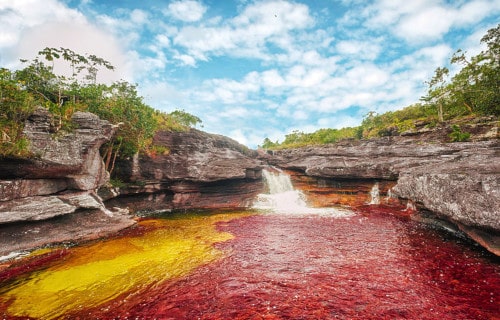
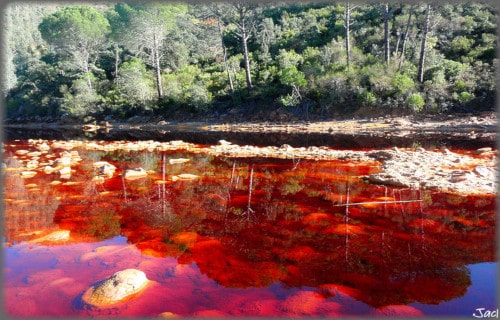
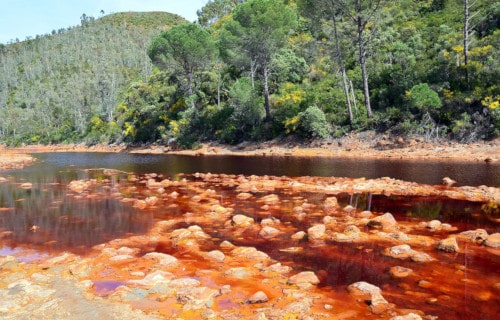
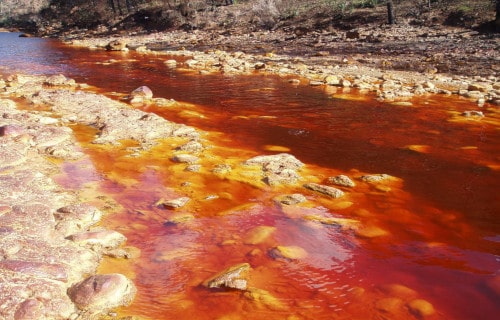
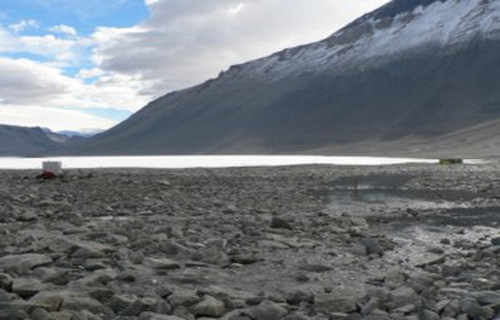
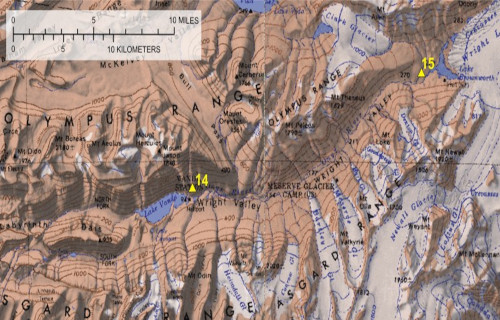

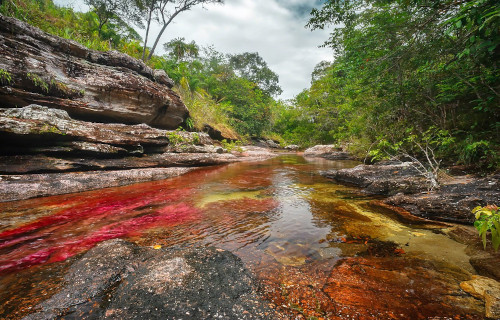
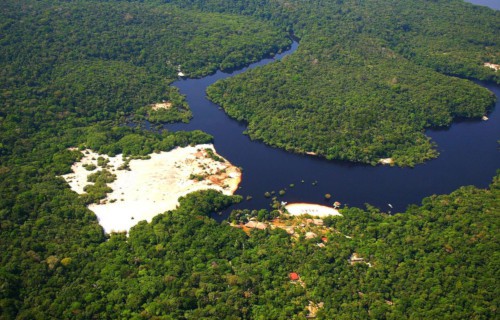
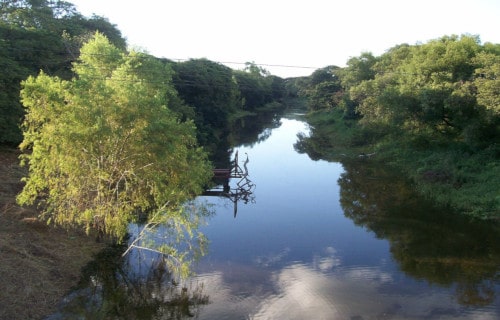
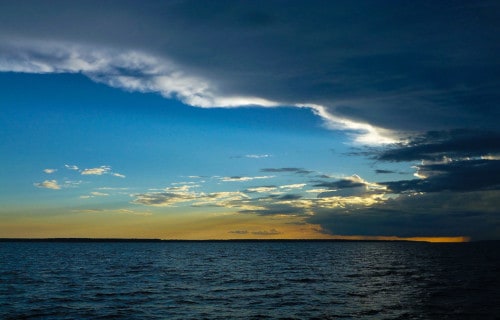









Leave a Reply